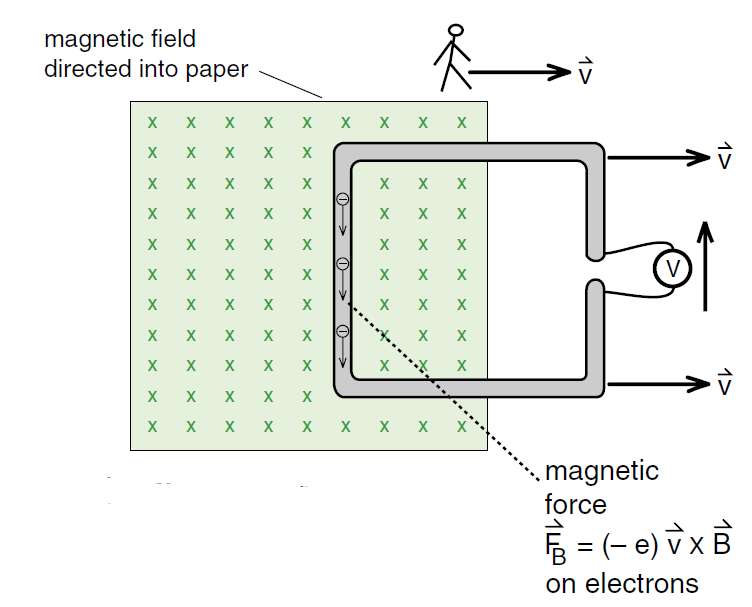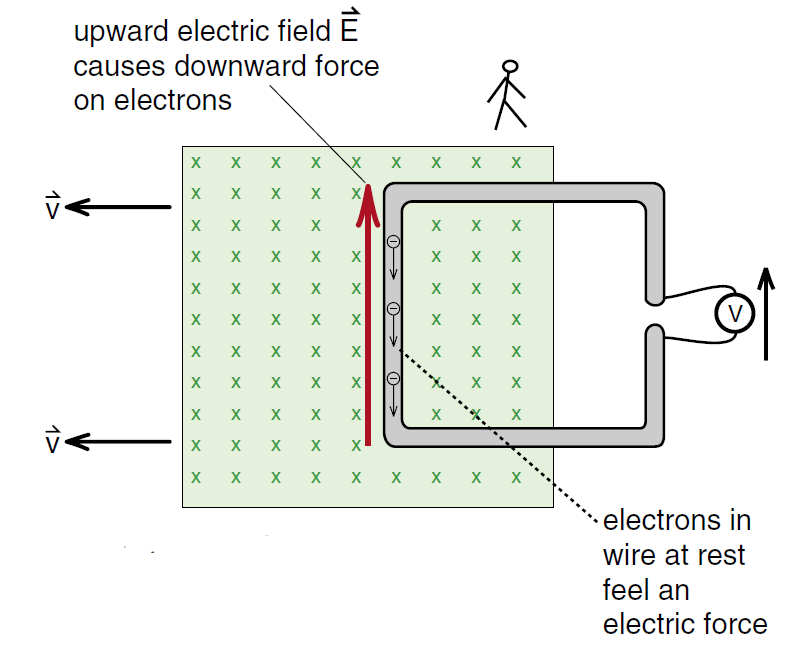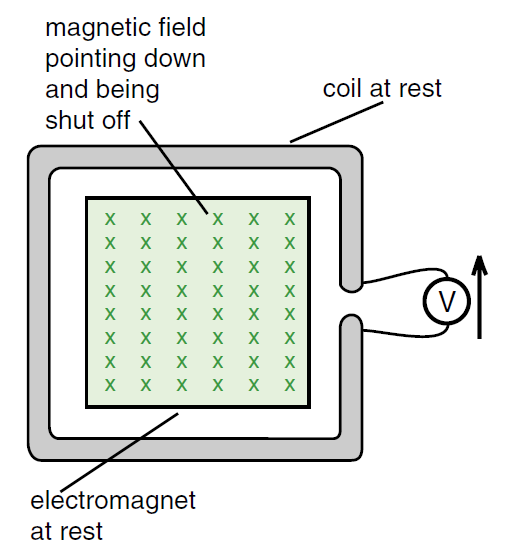
تاريخ الفيزياء

علماء الفيزياء


الفيزياء الكلاسيكية

الميكانيك

الديناميكا الحرارية


الكهربائية والمغناطيسية

الكهربائية

المغناطيسية

الكهرومغناطيسية


علم البصريات

تاريخ علم البصريات

الضوء

مواضيع عامة في علم البصريات

الصوت


الفيزياء الحديثة


النظرية النسبية

النظرية النسبية الخاصة

النظرية النسبية العامة

مواضيع عامة في النظرية النسبية

ميكانيكا الكم

الفيزياء الذرية

الفيزياء الجزيئية


الفيزياء النووية

مواضيع عامة في الفيزياء النووية

النشاط الاشعاعي


فيزياء الحالة الصلبة

الموصلات

أشباه الموصلات

العوازل

مواضيع عامة في الفيزياء الصلبة

فيزياء الجوامد


الليزر

أنواع الليزر

بعض تطبيقات الليزر

مواضيع عامة في الليزر


علم الفلك

تاريخ وعلماء علم الفلك

الثقوب السوداء


المجموعة الشمسية

الشمس

كوكب عطارد

كوكب الزهرة

كوكب الأرض

كوكب المريخ

كوكب المشتري

كوكب زحل

كوكب أورانوس

كوكب نبتون

كوكب بلوتو

القمر

كواكب ومواضيع اخرى

مواضيع عامة في علم الفلك

النجوم

البلازما

الألكترونيات

خواص المادة


الطاقة البديلة

الطاقة الشمسية

مواضيع عامة في الطاقة البديلة

المد والجزر

فيزياء الجسيمات


الفيزياء والعلوم الأخرى

الفيزياء الكيميائية

الفيزياء الرياضية

الفيزياء الحيوية

الفيزياء العامة


مواضيع عامة في الفيزياء

تجارب فيزيائية

مصطلحات وتعاريف فيزيائية

وحدات القياس الفيزيائية

طرائف الفيزياء

مواضيع اخرى
FARADAY S LAW
المؤلف:
E. R. Huggins
المصدر:
Physics 2000
الجزء والصفحة:
747
22-12-2020
2199
FARADAY'S LAW
An experiment whose results may be surprising, is shown in Figure (2). Here we have a magnetic field produced by an electromagnet so that we can turn B on and off. We have a wire loop that is large enough to surround but not lie in the magnetic field, so that B = 0 all along the wire. Again we have a gap and a voltmeter to measure any forces that might be exerted on the conduction electrons in the wire.
We have seen that if we pull the wire out of the magnet, Figure (1a), we will get a voltage reading while the loop is leaving the magnetic field. We have also seen, Figure (1b), that we get a voltage reading if the magnetic field is pulled out of the loop. In both cases we started with a magnetic field through the loop, ended up with no magnetic field through the loop, and got a reading on the voltmeter while the amount of magnetic field through the loop was decreasing.
Now what we are going to do in Figure (2) is simply shut off the electromagnet. Initially we have a magnetic field through the loop, finally no field through the loop. It may or may not be a surprise, but when we shut off the magnetic field, we also get a voltage reading.
We get a voltage reading if we pull the loop out of the field, the field out of the loop, or shut off the field. We are seeing that we get a voltage reading whenever we change the amount of magnetic field, the flux of magnetic field, through the loop.

Figure 1a: moving coil, magnets at rest

Figure 1b: From the point of view that the coil is at rest, the downward force on the electrons in the coil must be produced by an upward directed electric field.

Figure 2: Here we have a large coil that lies completely outside the magnetic field. Thus there is no magnetic force on any of the electrons in the coil wire. Yet when we turn the magnet on or off, we get a reading in the volt meter.